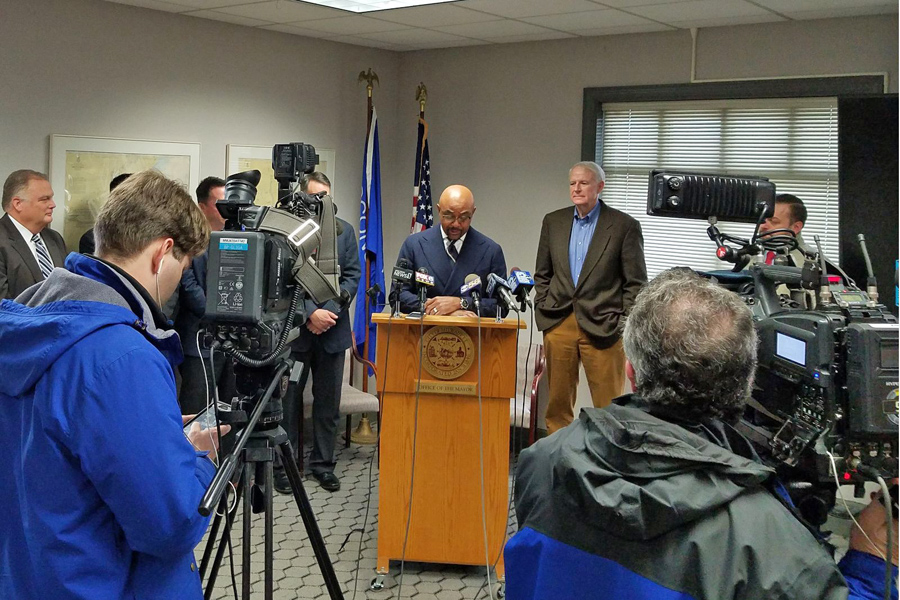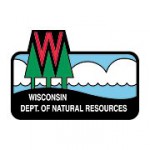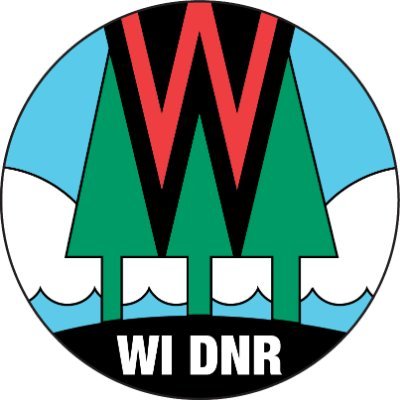DNR, EPA Sign Agreement to Proceed on Milwaukee Estuary Cleanup to Eliminate 32-Year-Old Area of Concern Designation
Great Lakes Legacy Act Agreement Accelerates Contaminated Sediment Cleanup in Milwaukee

Secretary-designee Preston D. Cole, Mayor Tom Barrett, EPA Region 5 Administrator Kurt Thiede, and partners addressed the media today at the Port of Milwaukee to announce the signing of the Great Lakes Legacy Act Project Agreement. Photo courtesy of the DNR.
MILWAUKEE, Wis. – Representatives from the Wisconsin Department of Natural Resources and the U.S. Environmental Protection Agency signed an agreement to work cooperatively with the city of Milwaukee, Milwaukee County, Milwaukee Metropolitan Sewerage District and We Energies to clean up the Milwaukee Estuary Area of Concern. “Areas of Concern” or AOCs are polluted hot spots in Great Lakes rivers and harbors that were specially targeted by the U.S. and Canada for cleanup in 1987.
“This is an important next step for fixing the mistakes of the past, such as toxic hotspots like the Milwaukee Estuary Area of Concern. This will help protect our citizens and our natural resources,” said DNR Secretary-designee Preston D. Cole. “We are stronger together, and we now have a signed Project Agreement among six key partners that sets the stage and identifies our respective roles in performing an incredible amount of work to address Milwaukee’s contaminated sediment.”
The federal government covers the remaining costs through Great Lakes Restoration Initiative funds. In-kind contributions – such as equipment, labor, services, land and a place to dispose of dredged sediment – can be counted as the non-federal match.
“EPA is grateful for the partnership of the city of Milwaukee, the state of Wisconsin and the numerous organizations that have come together with the shared goal of restoring the Milwaukee Estuary AOC,” said EPA Region 5 Administrator/Great Lakes National Program Manager Kurt Thiede. “This collaborative effort exemplifies the priorities of the Great Lakes Restoration Initiative and will improve water quality and enhance economic and recreational opportunities for the Milwaukee region.”
The Milwaukee Project Agreement includes innovative approaches for feasibility studies, pre-design investigations, technical specifications for sediment cleanup, design of a Dredged Material Management Facility and removal of contaminated sediment.
“Leveraging funding and resources in this way allows more work to be accomplished than any one entity could ever do alone. This collaborative approach to cleaning up contaminated sites builds and sustains partnerships in the community,” Cole said. “Giving community members a seat at the table and meaningful ways to participate in AOC projects fosters innovation to get the work done.”
The Milwaukee Estuary AOC includes the meeting of three major tributaries to Lake Michigan – the Milwaukee, Menomonee and Kinnickinnic Rivers – plus segments of a few local creeks and the nearshore waters of Lake Michigan. Historical pollution contaminated sediments in the Milwaukee AOC with heavy metals, polychlorinated biphenyls (PCBs) and polycyclic aromatic hydrocarbons (PAHs). Toxic sediments have caused problems such as fish tumors, bird and animal deformities and reproductive problems, restrictions on fish and wildlife consumption, loss of fish and wildlife habitat, degraded fish and wildlife populations and restrictions on dredging activities.
The overall goal is to restore the Milwaukee Estuary so that it is no longer labeled as a Great Lakes Area of Concern. Delisting the AOC will occur when toxic sediment is removed, habitats and wildlife are restored and the waters are safe and healthy for people to use and enjoy. Restoration will improve Lake Michigan- a primary drinking water source; it will also rebuild the fishing community and improve economic and recreational opportunities for the region.
“This is a very significant step towards improving the water quality, not only for Milwaukee but also for Lake Michigan. Everyone deserves safe, clean water,” Cole said. “We will continue working hard to ensure Wisconsinites have access to clean drinking water coming from their taps, and that businesses can thrive in areas not endangered by toxic sediment.”
NOTE: This press release was submitted to Urban Milwaukee and was not written by an Urban Milwaukee writer. While it is believed to be reliable, Urban Milwaukee does not guarantee its accuracy or completeness.
More about the Area of Concern Abatement Effort
- New Machine Quietly Cleans Milwaukee’s Water - Jeramey Jannene - Mar 21st, 2025
- Photo Gallery: New South Shore Park Beach Takes Shape - Graham Kilmer - Mar 14th, 2025
- MKE County: Effort Aims To Reduce E. Coli Closures at Bradford Beach - Graham Kilmer - Feb 27th, 2025
- MKE County: Habitat Restoration Planned in Kletzsch Park - Graham Kilmer - Feb 14th, 2025
- MKE County: County Deploying $1.3 Million in Environmental Cleanup Grants - Graham Kilmer - Sep 19th, 2024
- MKE County: Habitat Restoration Coming to Kohl Park - Graham Kilmer - Jan 12th, 2024
- MKE County: Largest Fish Barrier Between Grafton and Lake Michigan Removed - Graham Kilmer - Dec 21st, 2023
- EPA Giving Milwaukee $17 Million For Sewer Project - Evan Casey - Nov 2nd, 2023
- Cleanup Of Polluted Great Lakes Sites Reverses Housing Price Declines - Danielle Kaeding - Oct 19th, 2023
- Milwaukee Wins $275 Million Grant To Fund Massive Waterway Cleanup - Jeramey Jannene - Oct 12th, 2023
Read more about Area of Concern Abatement Effort here
Mentioned in This Press Release
Recent Press Releases by Wisconsin Department of Natural Resources
DNR Confirms CWD in Wild Deer in Clark County
Jan 5th, 2026 by Wisconsin Department of Natural ResourcesBaiting And Feeding Ban Extended
DNR Confirms CWD in Wild Deer in La Crosse County
Dec 22nd, 2025 by Wisconsin Department of Natural ResourcesBaiting And Feeding Ban Extended






















